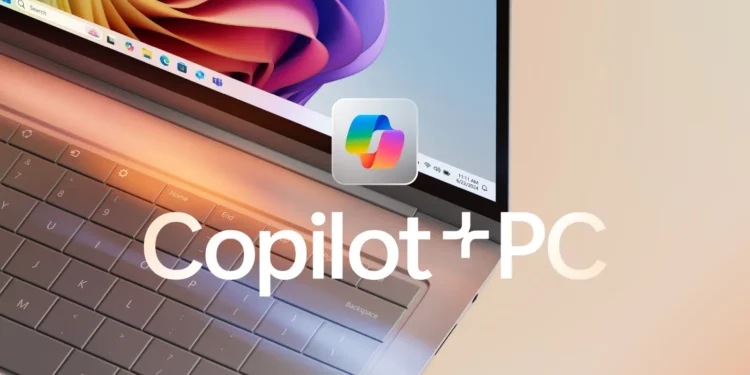In a bold move blending nostalgia with cutting-edge technology, Microsoft has unleashed an AI-generated, playable level of the iconic video game Quake II, now accessible directly from your browser. This tech demo, built on the back of Microsoft’s advanced Copilot AI platform, offers a tantalizing peek at the future of interactive gaming. However, Microsoft openly acknowledges that this demo serves more as a proof of concept than a polished game experience.
For those eager to dive back into the dystopian world of Quake II, you can now navigate a singular level using your keyboard. Yet, this journey through the pixelated past is fleeting, lasting only a few minutes before you encounter the time limit.
Microsoft’s Muse: Bridging Nostalgia and Technology
The technology powering this experience stems from Microsoft’s Muse family of AI models, specifically designed for video games. These models enable players to interact in real-time, witnessing the immediate impact of every action, from jumping to shooting. As detailed by Microsoft researchers in a recent blog post, players can “wander around, move the camera, jump, crouch, shoot, and even blow-up barrels similar to the original game.”
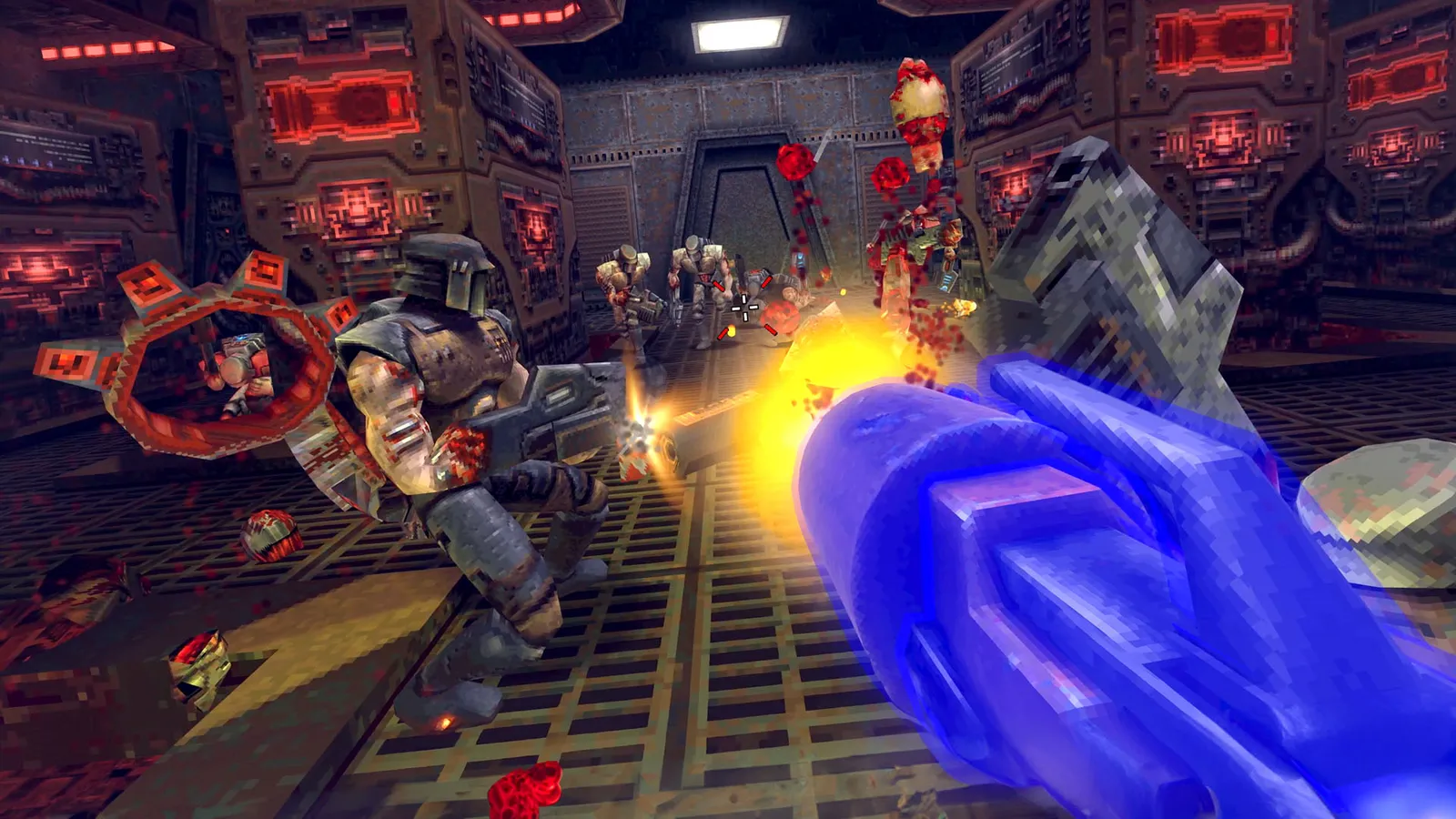
Despite these advancements, the team at Microsoft is quick to frame the Quake II demo as “a research exploration” rather than a traditional gaming experience. This distinction highlights the experimental nature of playing within an AI model, which differs significantly from engaging with a fully developed video game.
Encountering the Limitations
The excitement of reimagined gameplay, however, is tempered by some notable limitations. The AI struggles with maintaining consistent object permanence, often forgetting items that disappear from view for just under a second. This issue can lead to both frustration and unintended humor, as enemies can be momentarily defeated or spawned by simply shifting one’s gaze.
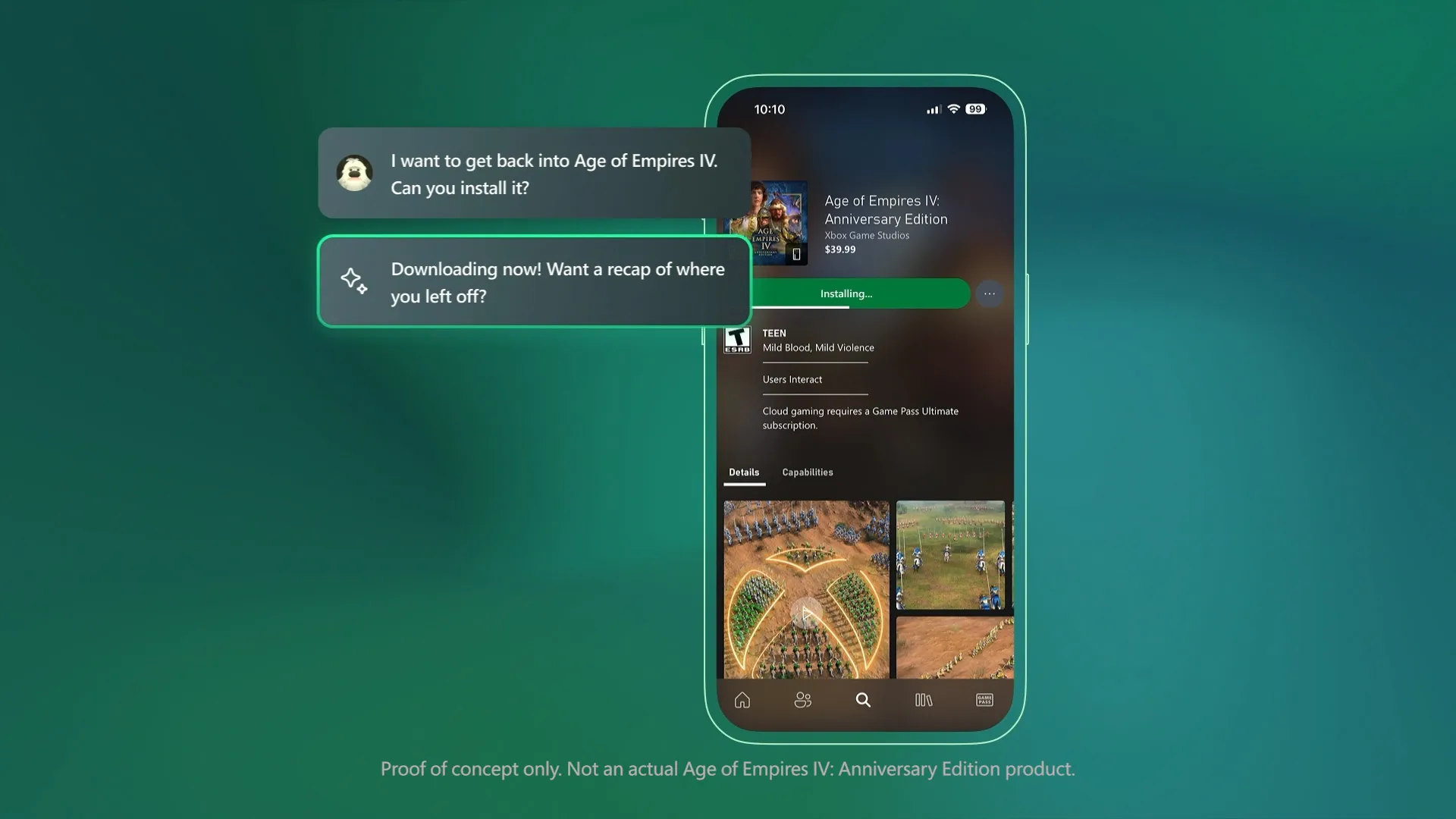
Moreover, the visual and functional aspects of the game—from fuzzy enemies to erratic health counters—do not escape criticism. These imperfections serve as a reminder of the challenges inherent in teaching an AI to simulate complex, dynamic environments.
Industry Insights: A Critical Perspective
The reaction from the gaming community has been mixed. Austin Walker, a seasoned writer and game designer, shared his less-than-stellar experience with the AI-driven Quake II, spending much of his time confined to a dark room. This echoes a broader skepticism about the current capabilities of AI in faithfully reproducing the nuanced mechanics of classic games.
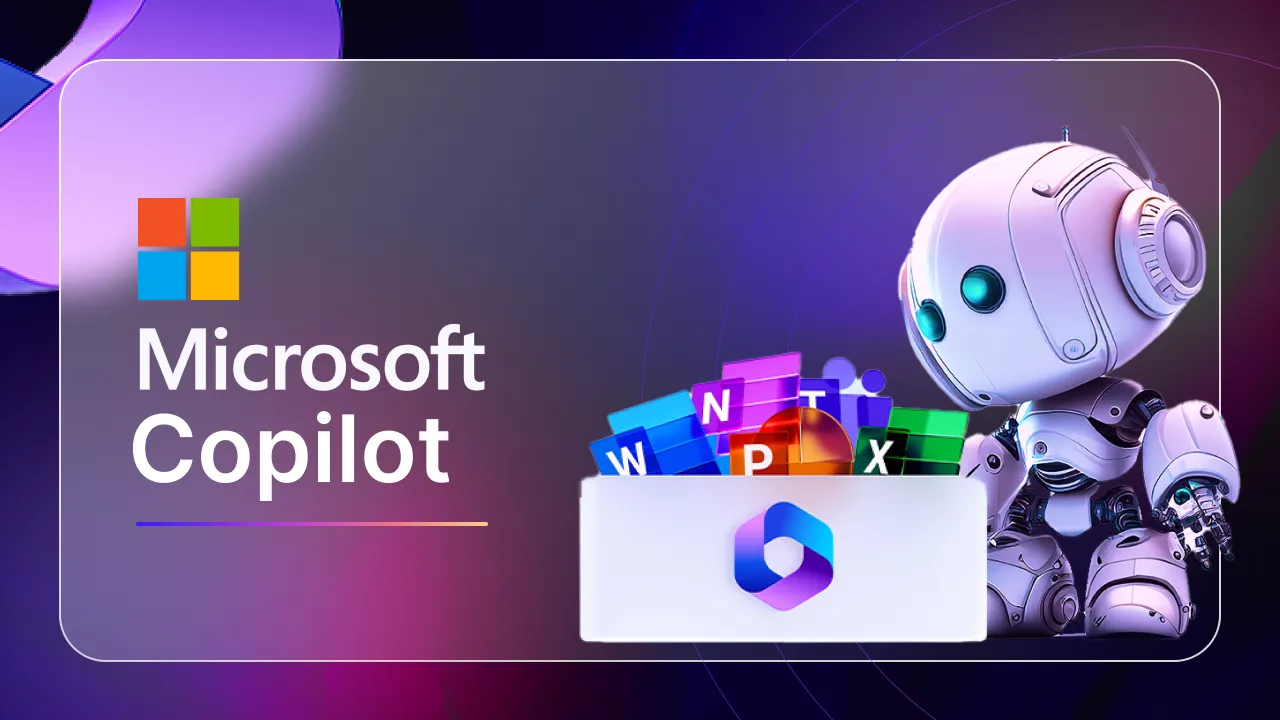
Walker’s critique extends to recent comments from Microsoft Gaming CEO Phil Spencer, who suggested that AI could aid in game preservation by making older titles easily portable across platforms. According to Walker, this view overlooks the intricate interplay of code, design, 3D art, and audio that defines a game’s unique charm and functionality.
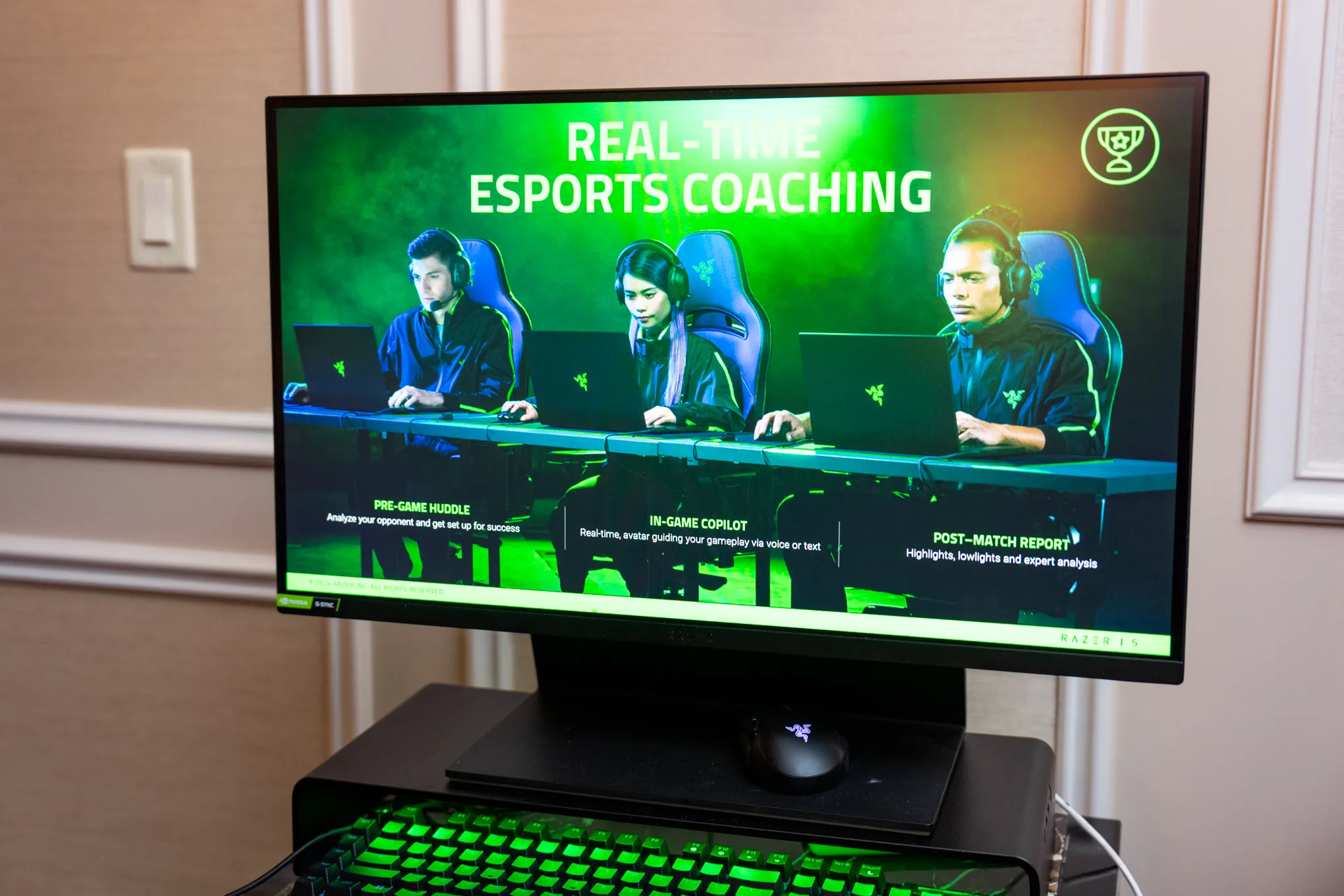
The Road Ahead: Innovating with Caution
As Microsoft continues to develop its AI technology, the Quake II demo stands as a compelling demonstration of potential and limitations. It underscores the need for continued innovation in AI’s application to gaming, while also cautioning against underestimating the complexity of game design. The journey of integrating AI into gaming is just beginning, and it promises to reshape our understanding and expectations of what games can be in an AI-enhanced future.

